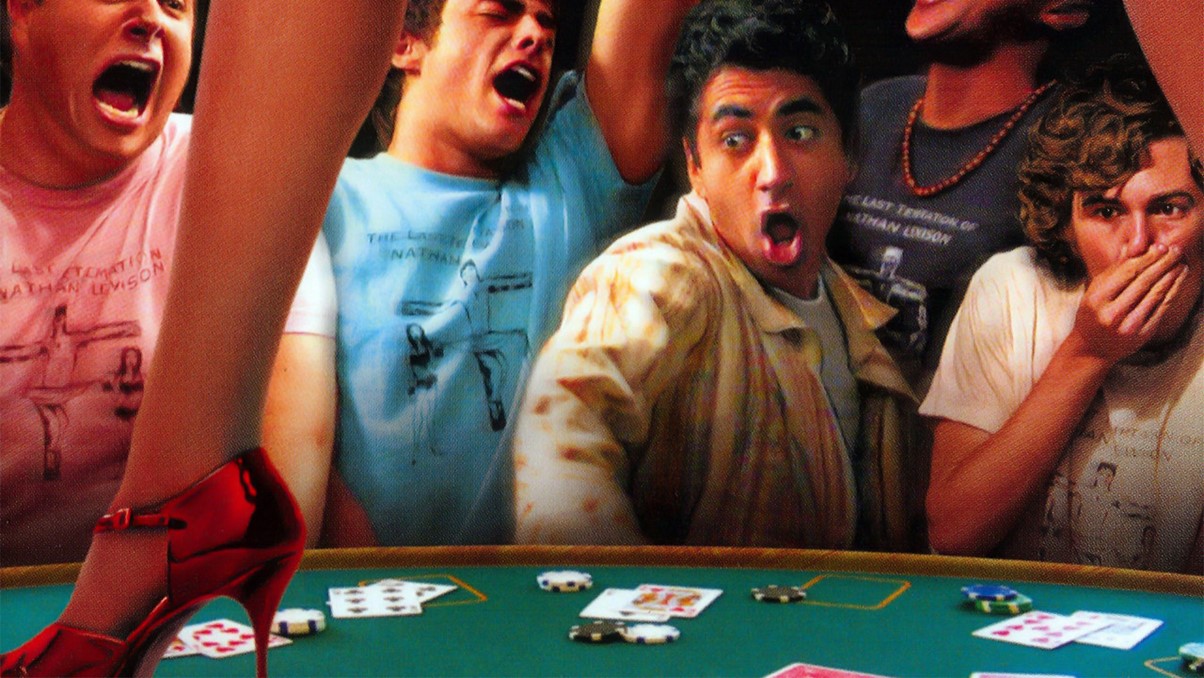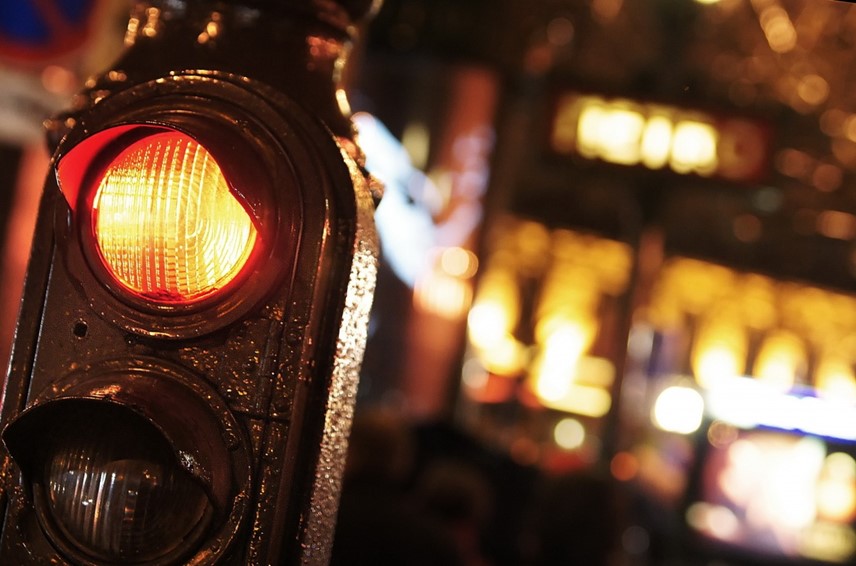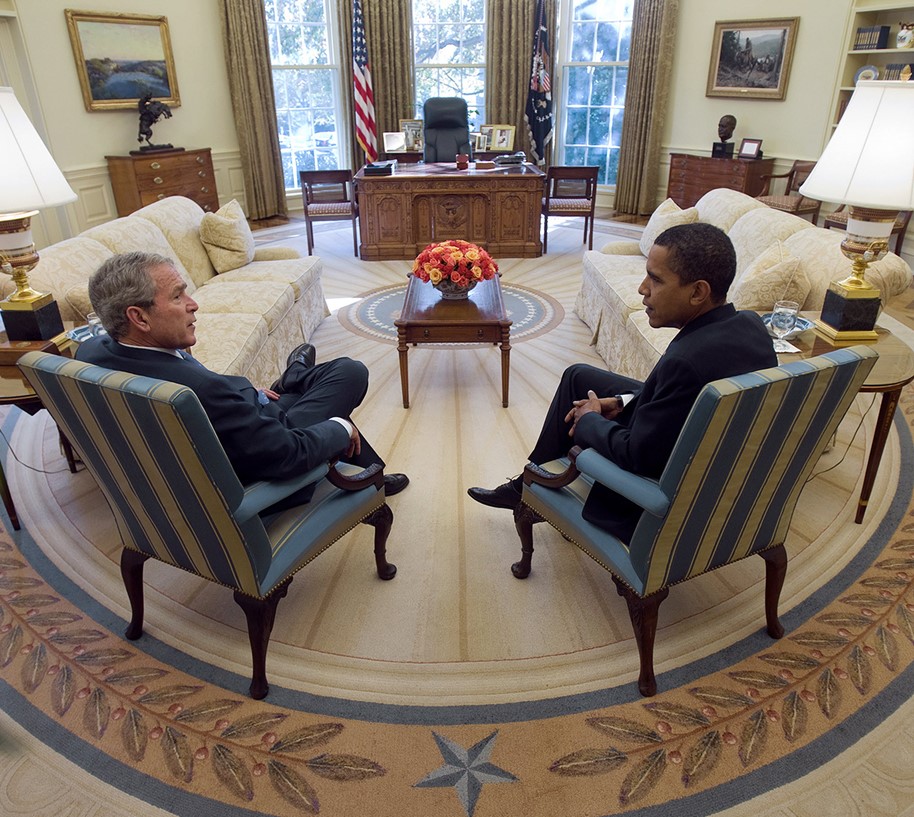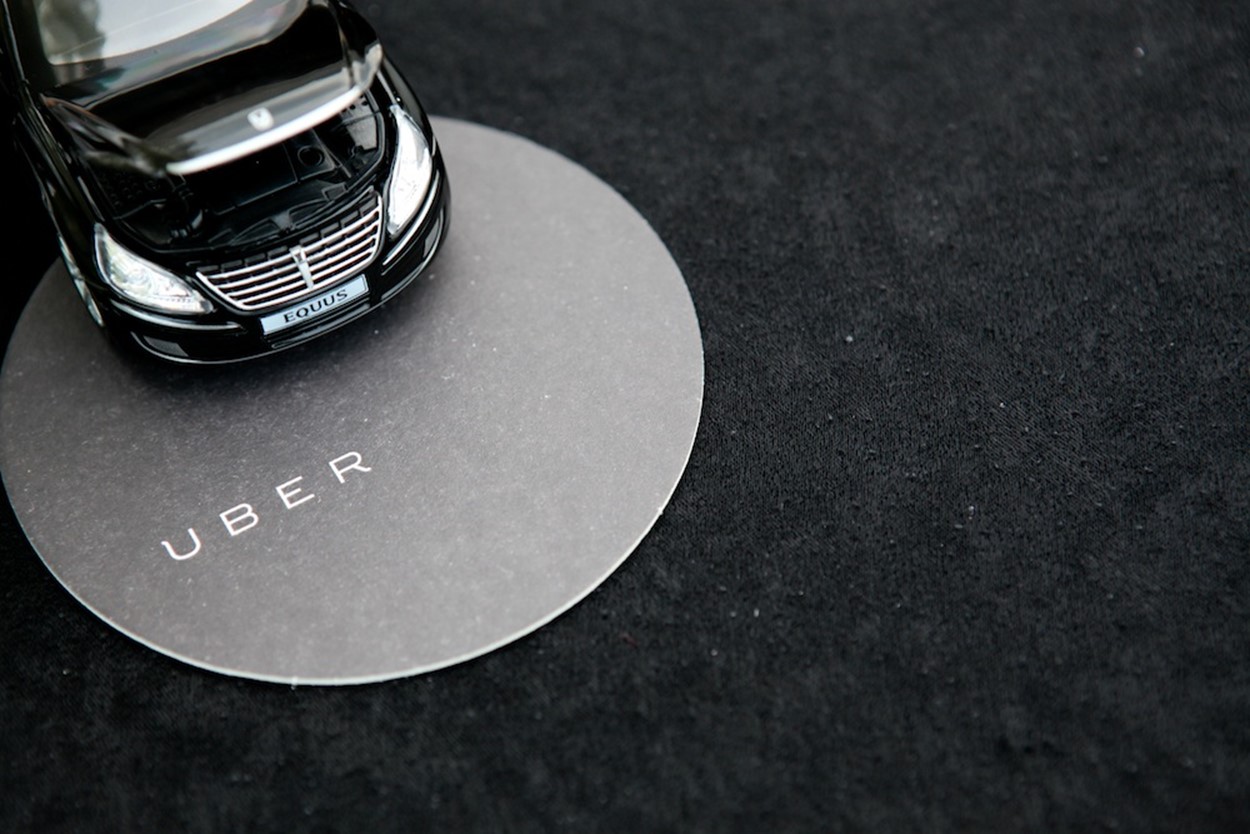Whatever Happens To The Money People Toss Into Fountains?
June 8, 2016 in Daily Bulletin

Adam Chandler investigated the fate of coins that are thrown into fountains:
- Usually money thrown into fountains in American parks are donated to the very charities that run the park – in effect the parks keep it for themselves.
- There’s often very little change left for maintenance workers to collect however; entrepreneurial citizens frequently go into the fountain and collect the money before park staff can get at it.
- The Mall of America has a private fountain and the approximately $24,000 it collects is used to fund a grant that charities apply to use.
- And then there’s the Trevi Fountain in Rome. Due to a tradition that was popularized in the movie “Three Coins in the Fountain” thousands of dollars are thrown into the fountain by people around the world every day.
- Some enterprising citizens used to try to collect the money through the use of a magnetizing wand. But the shift to Euro coins – which are immune to them – foiled this plan.
- Italy uses money from the fountain to fund a supermarket for the poor.
Read more here.
Source: The Atlantic









Join the Discussion! (No Signup Required)